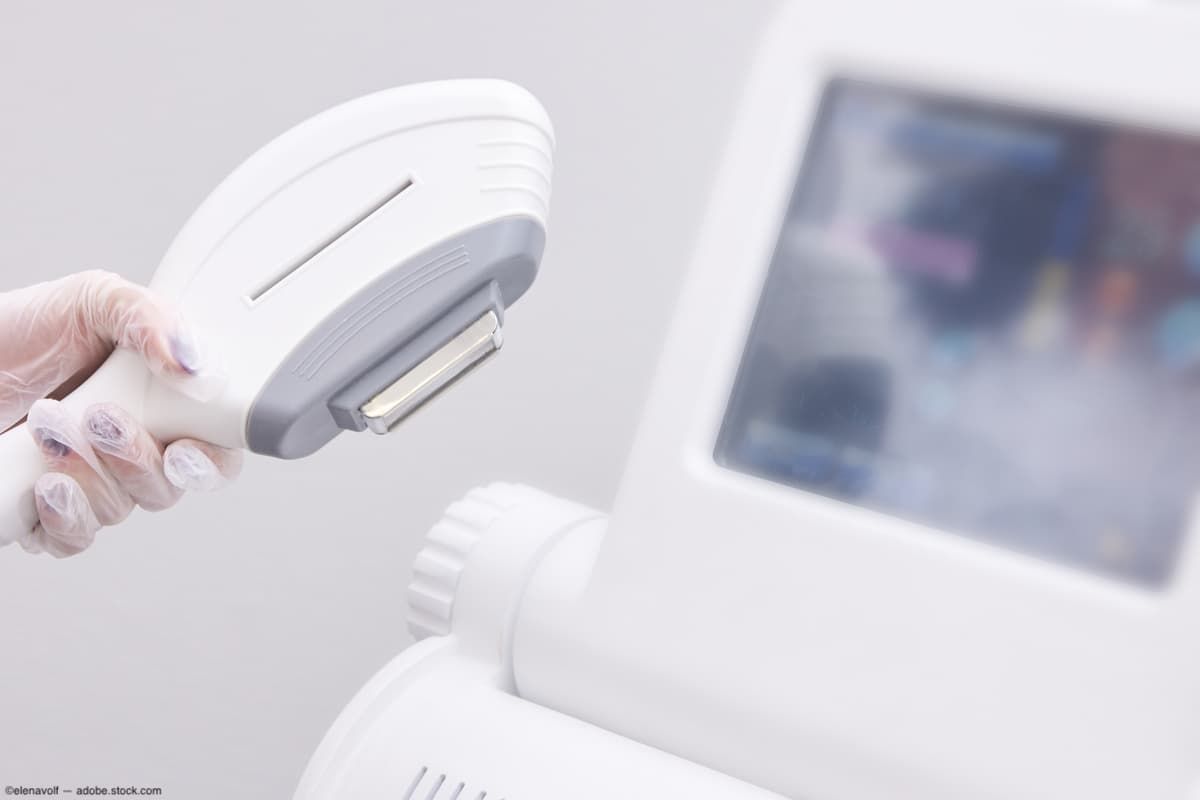IPL technology a success at UC Berkeley dry eye clinic
UC Berkeley’s Herbert Wertheim School of Optometry and Vision Science integrated the new laser in the beginning of March in its dry eye clinic for treatment of meibomian gland dysfunction.
Image Credit: AdobeStock/elenavolf

To keep their students in the know of the latest technology used in optometric offices, University of California Berkeley’s Herbert Wertheim School of Optometry and Vision Science’s dry eye clinic has integrated Lumenis’s OptiLight Intense Pulsed Laser (IPL) to its equipment.1 According to Nancy McNamara, PhD, OD, associate dean for academic affairs and co-chief of the dry eye clinic, IPL treatments began in the beginning of March after faculty was trained on the device.
“Our responsibility is to make sure that our students are graduating with a comprehensive understanding of the latest technology in dry eye,” McNamara said. Additionally, the success other optometry schools have had in using the equipment, specifically noted by Anna Tichenor, PhD, OD, FAAO, assistant professor at Indiana University School of Optometry, played a significant role in the Berkeley clinic’s decision to adopt the technology into its practice. Tichenor, the director of the university’s dry eye clinic, who gave a workshop on IPL treatment during last year’s American Academy of Optometry’s Academy meeting.
Traditionally used to treat rosacea and reduce telangiectasia in dermatological offices, IPL has been introduced to eye care in order to treat meibomian gland dysfunction (MGD), which is a main etiological factor of dry eye disease (DED). According to a study, the thermal effect of IPL can enable secretion of meibum by softening, as well as coagulation of abnormal telangiectasia, or small blood vessels, to decrease pro-inflammatory markers, and reduce proliferation of bacteria and organisms at the eyelid margin.2 By shrinking the blood vessels around the eye, meibomian gland inflammation decreases and improves the quality and secretion of oils.1
McNamara stated that since a majority of the dry eye clinic’s patients have MGD, there is a healthy patient base for IPL treatment. Additionally, these patients with MGD cases tend to be more severe, with patients having experienced DED for several years. “We tend to get a lot of patients who are referred because their dryness that hasn’t been remedied with more conservative home therapies,” she said. Over the month and a half of IPL treatments, McNamara said they have around 15 patients that have expressed interest and are in the process of scheduling their treatments. Currently, patients will receive 4 IPL sessions spaced out by 2 to 4 weeks.
While the dry eye clinic also offers treatments including BlephEx, Lipiflow, and TearCare, McNamara said patients with thickening and/or undulation of eyelid margin, poor gland secretion, and rosacea presenting on the face with telangiectasia along the eyelid margin are good candidates for IPL. “You’re addressing the problem by shrinking the blood vessels which are kind of the conduits for the inflammatory mediators that set off the process,” McNamara said.
Another positive outcome of the laser integration has been the ability to learn the basic science of DED and IPL technology by means of research. “It was a technology we needed to get into the clinic, not only to be able to offer it to our patients, but also to serve as a potential route for doing research and understanding what IPL is doing at the cellular level,” McNamara said. While there is still a lot to learn about the laser, McNamara concluded that training and implementation of IPL treatment has gone smoothly at the University Eye Center, in part of collaboration with a patient services team. “The IPL technology is standardized and relatively straightforward,” she said.
References:
McNamara N, Shevchuk L. Dry Eye Clinic now offering IPL treatments. University of California Berkeley Herbert Wertheim School of Optometry and Vision Science. February 29, 2024. Accessed April 23, 2024. https://optometry.berkeley.edu/dry-eye-clinic-now-offering-ipl-treatments/
Riberio BB, Marta A, Ramalhão JP, et al. Pulsed light therapy in the management of dry eye disease: Current perspectives. Clin Ophthalmol. Epub 2022 Nov 24. 2022;16:3883–3893. doi:10.2147/OPTH.S349596